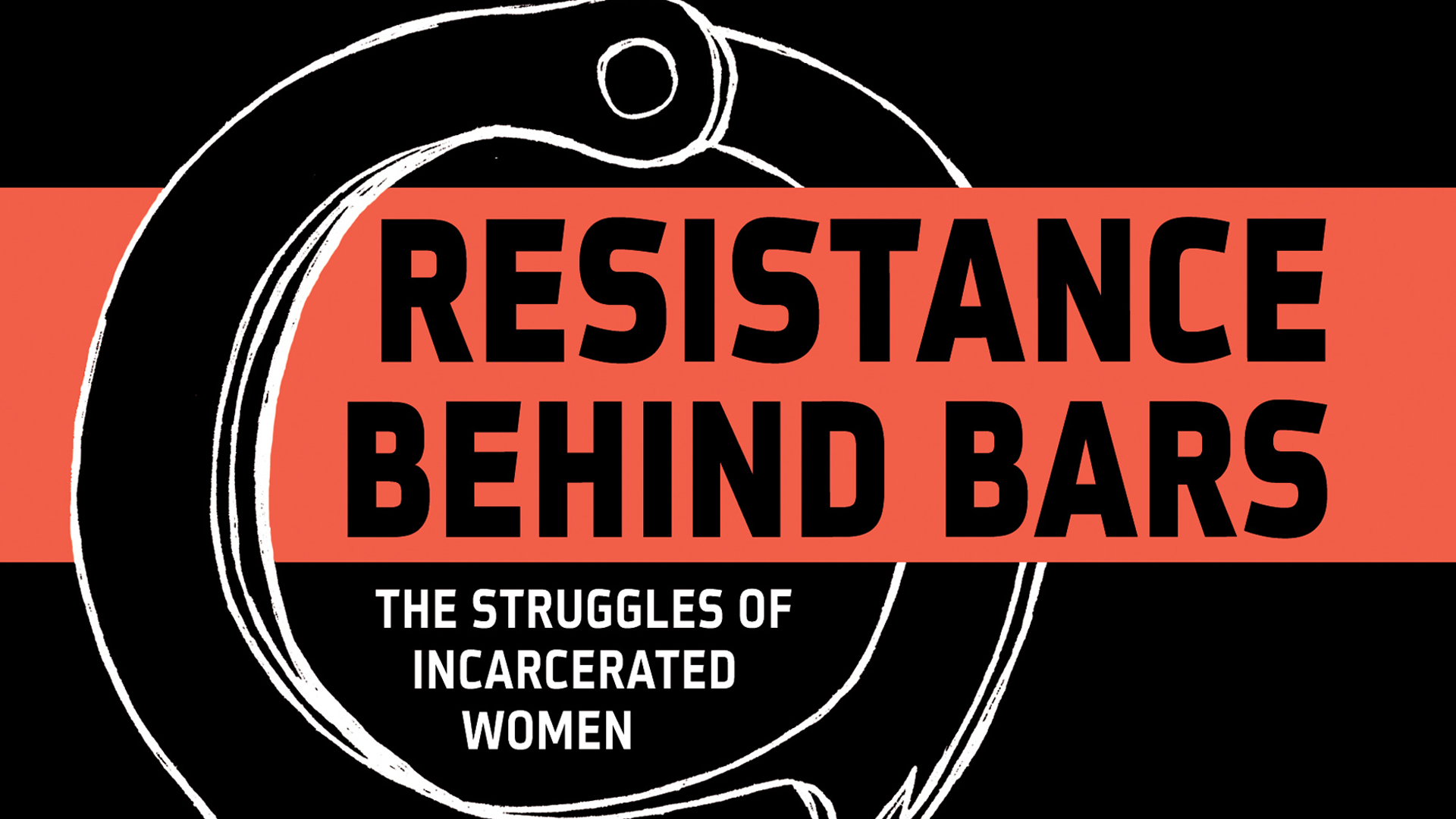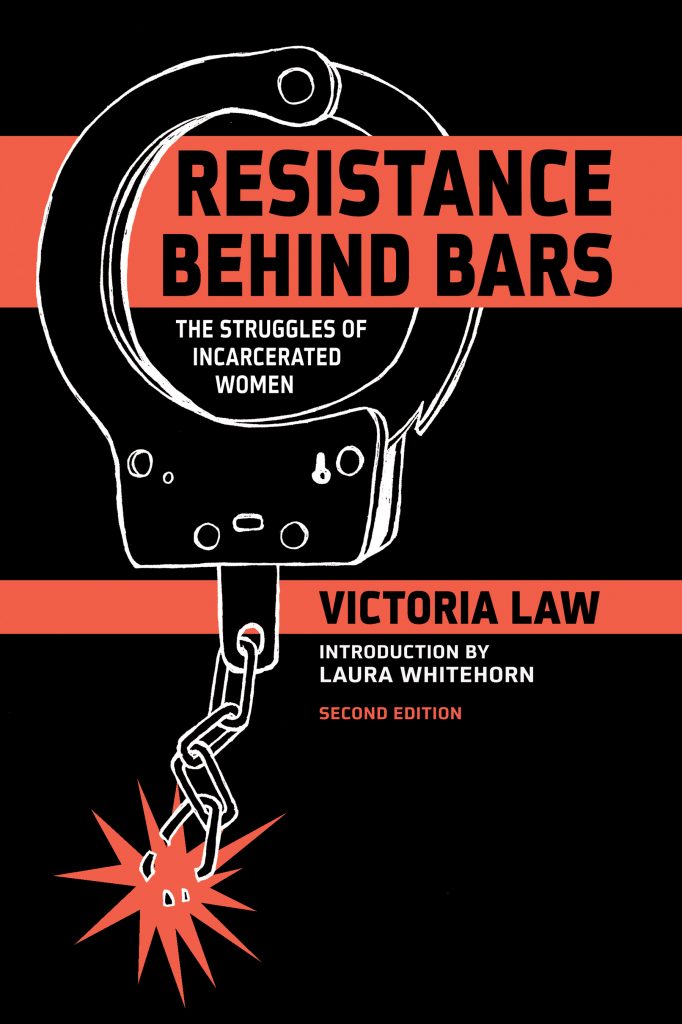by Angola 3 News Staff
Truthout
December 8, 2011
Activist and journalist Victoria Law is the author of Resistance Behind Bars: The Struggles of Incarcerated Women (PM Press, 2009). Law has previously been interviewed by Angola 3 News on two separate occasions.
Our
first interview focused on the torture of women prisoners in the United
States. The second interview looked at how the women’s liberation
movements of the 1970s advocated for the decriminalization of women’s
self defense. Taking this critique of the U.S. criminal “justice” system
one step further, Law presented a prison abolitionist critique of the
how the mainstream women’s movement, then and now, has embraced the same
“justice” system as a vehicle for combating violence against women.
While
citing the important work of INCITE: Women of Color Against Violence,
Law argues that “today, abuse is treated as an individual pathology
rather than a broader social issue rooted in centuries of patriarchy and
misogyny. Viewing abuse as an individual problem has meant that the
solution becomes intervening in and punishing individual abusers without
looking at the overall conditions that allow abuse to go unchallenged
and also allows the state to begin to co-opt concerns about gendered
violence.”
Furthermore, “the threat of imprisonment does not
deter abuse; it simply drives it further underground. Remember that
there are many forms of abuse and violence, and not all are illegal. It
also sets up a false dichotomy in which the survivor has to choose
between personal safety and criminalizing and/or imprisoning a loved
one. Arrest and imprisonment does not reduce, let alone prevent,
violence. Building structures and networks to address the lack of
options and resources available to women is more effective. Challenging
patriarchy and male supremacy is a much more effective solution,
although it is not one that funders and the state want to see,” says
Law.
In our new video interview, Law builds upon her earlier
prison abolitionist critique by discussing practical alternatives for
effectively confronting gender violence without using the prison system.
She cites many success stories where women, not wanting to work with
the police, instead collectively organized in an autonomous fashion. Law
stresses that at the foundation of these anti-violence projects is the
idea that gender violence needs to be a seen as a community issue, as
opposed to simply being a problem for the individual to deal with.
One
group spotlighted, Sistah II Sistah/Hermana a Hermana, in New York
City, was formed to confront both interpersonal violence and state
violence. They formed discussion groups where experiences are shared and
the women collectively decide what tactics and strategies to employ. In
one instance, they confronted an ex-boyfriend, who was stalking a
member of the group, by going to his workplace, where they demanded he
stop and successfully enlisted the support of his employer and
co-workers.
Self-defense advocacy and training is another tactic
employed by many of the groups cited by Law. For example, in the 1970s,
two feminist martial artists founded Brooklyn Women’s Martial Arts
(BWMA), later renamed the Center for Anti-Violence Education in the
1980s. Along with teaching practical self defense techniques at
sliding-scale classes, Law emphasizes that the Center also focused on
the larger picture of how violence “holds different types of oppressions
together,” resulting in a complex situation for poor women of color.
Our
interview is being released in conjunction with the Unite to End
Violence Against Women campaign first initiated in 1991 by the United
Nations Entity for Gender Equality and the Empowerment of Women. This
campaign began 16 days of action on November 25, the International Day
Against Violence Against Women, and will conclude on December 10,
International Human Rights Day. We will be releasing two more segments
of our video interview with Law during the 16 days of action. So, stay
tuned to learn more about how Chinese sisterhood societies dealt with
gender violence, as well as an update on new stories of women prisoners’
resistance that have happened since the first edition of Resistance Behind Bars was released in 2009 (a second edition is scheduled to be released next year).







